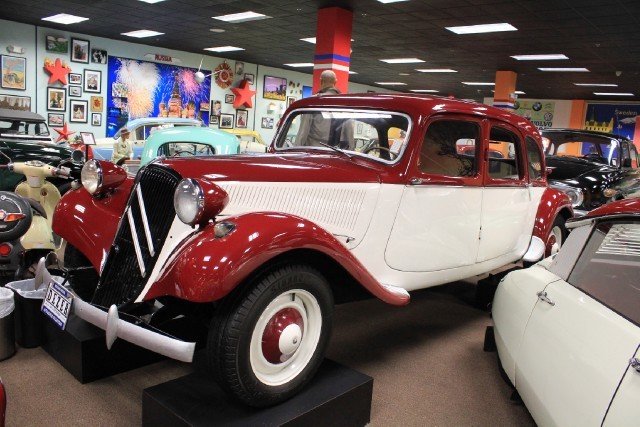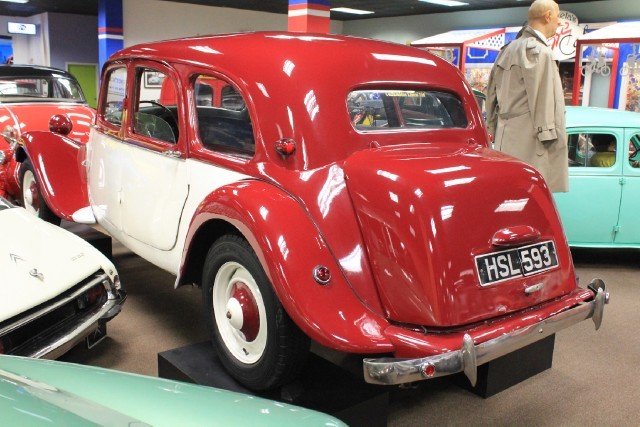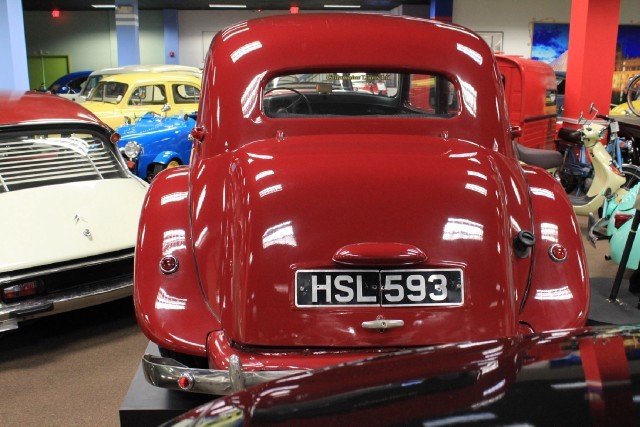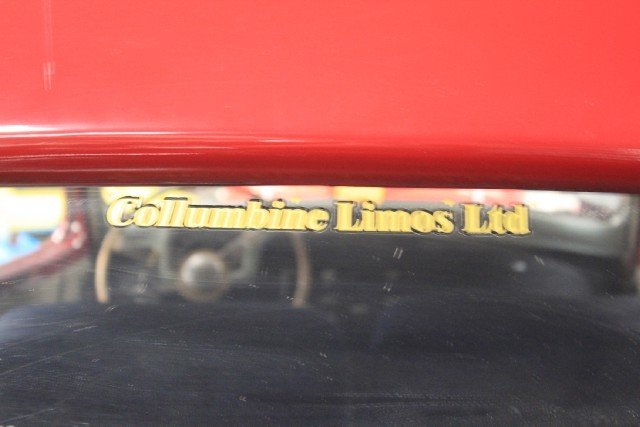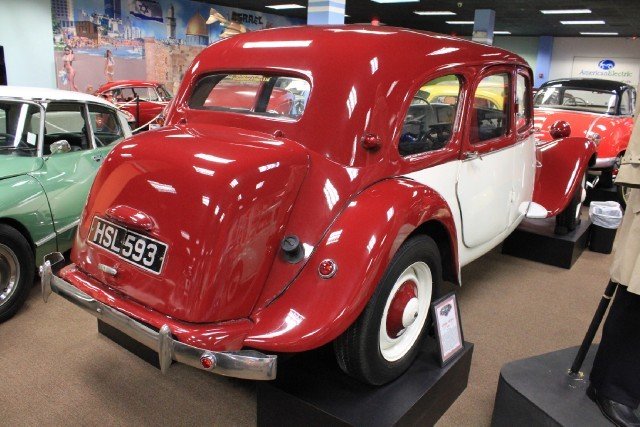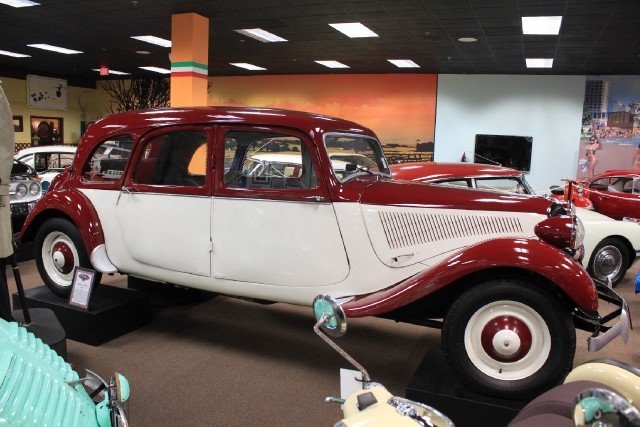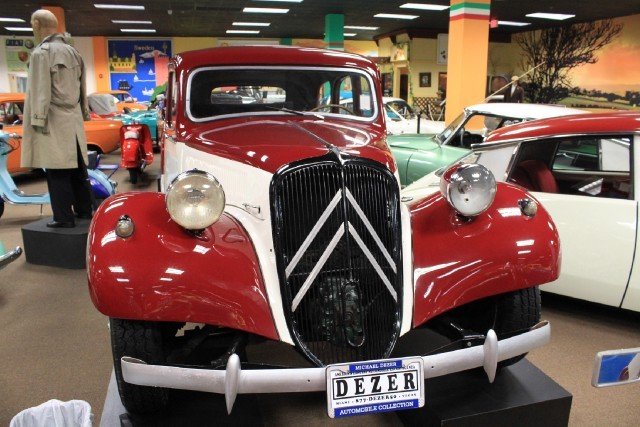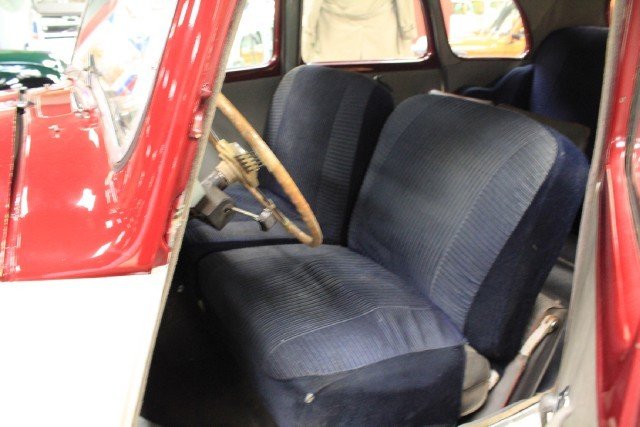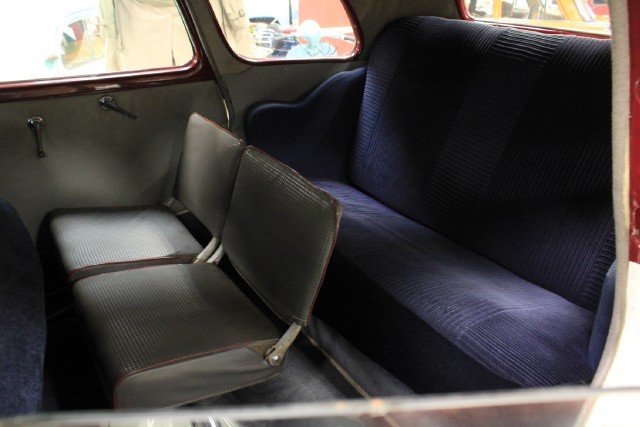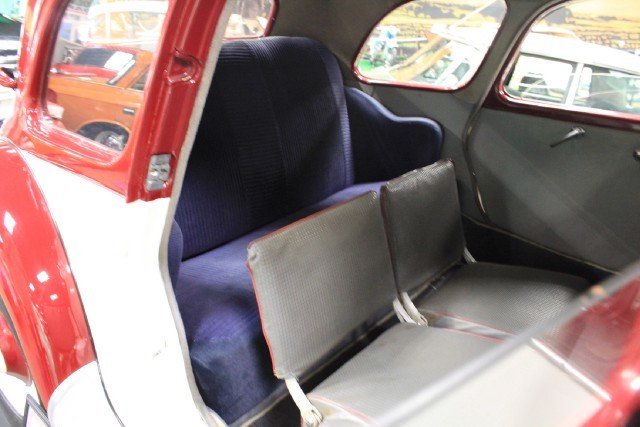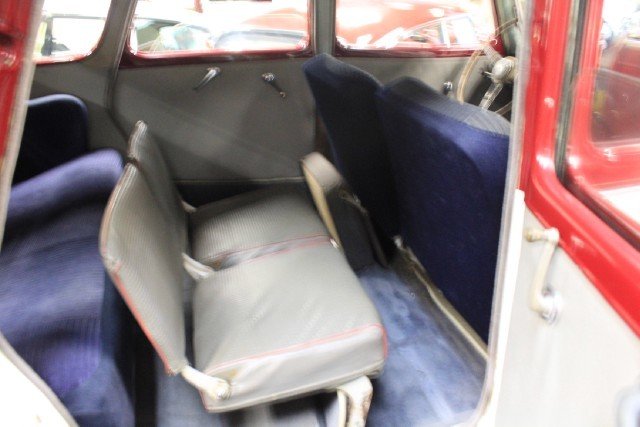1954 Citroen Traction Avant
Technical specifications of Citroen Traction Avant 1954
| Price: | - |
|---|---|
| Condition: | Used |
| Item location: | Orlando, Florida, United States |
| Make: | Citroen |
| Model: | Traction Avant |
| Type: | -- |
| Trim: | -- |
| Year: | 1954 |
| Mileage: | 81933 |
| VIN: | 273911 |
| Color: | -- |
| Engine size: | 4 CYL |
| Power options: | -- |
| Fuel: | Gasoline |
| Transmission: | Manual |
| Drive type: | -- |
| Interior color: | Black |
| Options: | -- |
| Vehicle Title: | Clear |
| You are interested? | Contact the seller! |
Description
The Traction Avant, French for front-wheel drive, was designed by André Lefèbvre and Flaminio Bertoni in late 1933 / early 1934. The Traction Avant pioneered front-wheel drive on the European mass car market, along with DKW's and Adler's 1930s models. Front-wheel drive had just appeared for the first time through luxury vehicle manufacturers Alvis, which built the 1928 Racing FWD in the UK, and Cord, which produced the L29 from 1929 to 1932 in the United States. The Traction Avant's...structure was a welded unitary body / chassis. Most other cars of the era were based on a separate frame (chassis) onto which the non-structural body ("coachwork") was built. Unitary construction (also called Unit Body or "Unibody" in the US) results in a lighter vehicle, and is now used for virtually all car construction2 #fn23 #fn3 This unitary body saved 70 kg (150 lb) in steel per car. It was mass-produced, using innovative technology purchased from the American firm Budd Company. Weight reduction was a motivation for Citroën that American manufacturers of that time did not have. 4 #fn4 This method of construction was viewed with great suspicion in many quarters, with doubts about its strength. A type of crash test was conceived, taking the form of driving the car off a cliff, to illustrate its great inherent resilience.5 #fn5 The novel design made the car very low-slung relative to its contemporaries â€" the Traction Avant was always distinctive, which went from appearing rakish in 1934 to familiar and somewhat old fashioned by 1955. The suspension was very advanced for the car's era. The front wheels were independently sprung, using a torsion bar and wishbone suspension arrangement,6 #fn6 where most contemporaries used live axle and cart-type leaf spring designs. The rear suspension was a simple steel beam axle and a Panhard rod, trailing arms and torsion bars attached to a 75-millimetre (3 in) steel tube, which in turn was bolted to the main platform. Since it was considerably lighter than conventional designs of the era, it was capable of 100 km/h (62 mph), and consumed fuel only at the rate of 10 L/100 km (28 mpgâ€'imp; 24 mpgâ€'US).
